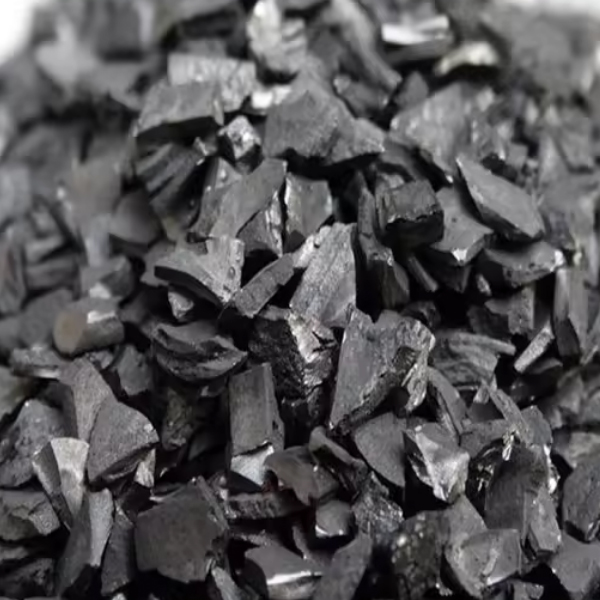As an efficient adsorbent, activated carbon is widely used in water purification and air purification. Its unique porous structure and large surface area enable it to efficiently adsorb various harmful substances. How is activated carbon produced? What are the key steps in its production process?

The core of the production process of coconut shell activated carbon is carbonization and activation. These two processes determine the pore structure and distribution inside the coconut shell activated carbon and the level of adsorption performance.
Carbonization process
Carbonization is the process of thermally decomposing coconut shells at high temperatures, so that non-carbon elements (such as hydrogen, oxygen, etc.) in coconut shells volatilize in the form of gas, leaving behind carbon-rich solids. The carbonization process usually occurs between 350-600°C. After carbonization, most of the volatiles in coconut shells are removed, and the remaining carbonized material forms a preliminary pore structure, which has the characteristics of the original form of activated carbon.
Although the raw materials after carbonization have a certain adsorption capacity, the general iodine adsorption value is about 200mg/g, which is relatively low and requires further activation to meet the requirements of industrial applications.
Activation process
Activation is to further treat the coconut shell carbonized material to improve its pore structure and adsorption capacity. Activation methods are divided into physical activation and chemical activation.
Physical activation method: mainly using high-temperature steam, flue gas or nitrogen as the activation medium, contacting with the carbonized material at a high temperature of 800-1000℃. The activation process is to expand the blocked pores and existing pores in the carbonized material and form new pores, and finally make the pore structure of the activated carbon more developed.
Chemical activation method: by adding chemical reagents such as phosphoric acid, zinc chloride, etc., the carbonized material is treated to promote the ion exchange and adsorption performance of the active substance. The chemical activation method can achieve activation at a lower temperature and can produce a more refined and uniform pore structure.
Comparison of physical and chemical activation
Physical activation is usually suitable for harder raw materials, and the activated carbon produced has good mechanical strength and wear resistance. Since the chemical activation method is carried out at a lower temperature, the surface area and adsorption performance of the activated carbon are often higher, but the mechanical strength is relatively low.
Generally, coal-based and coconut shell activated carbon are usually activated by physical activation, and wood-based activated carbon is usually activated by chemical activation, among which the phosphoric acid method is the main one.
The physical properties and chemical indicators of activated carbon produced by different activation processes are different. It is necessary to select the appropriate activated carbon according to the actual application situation.



